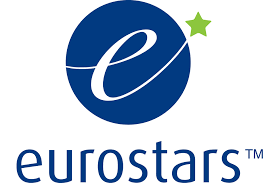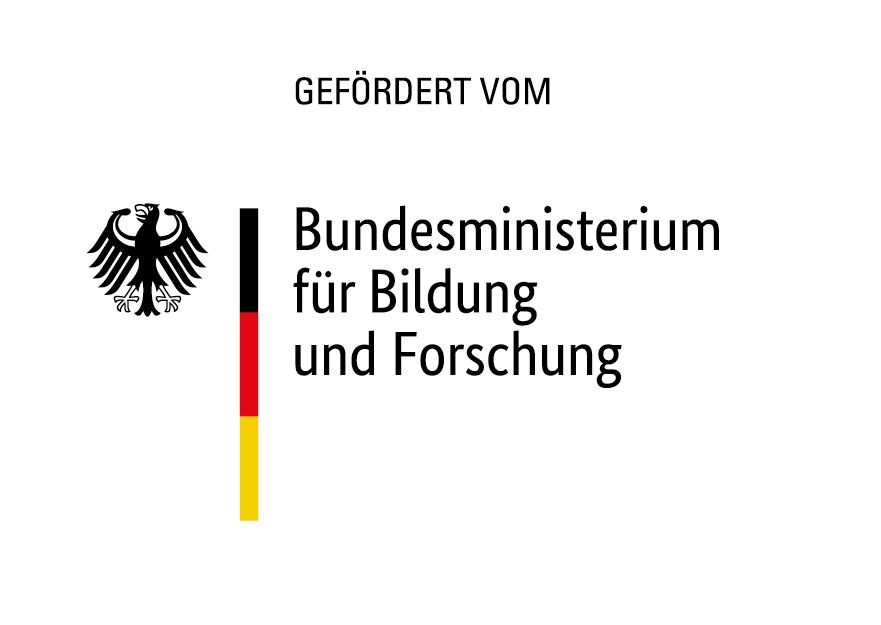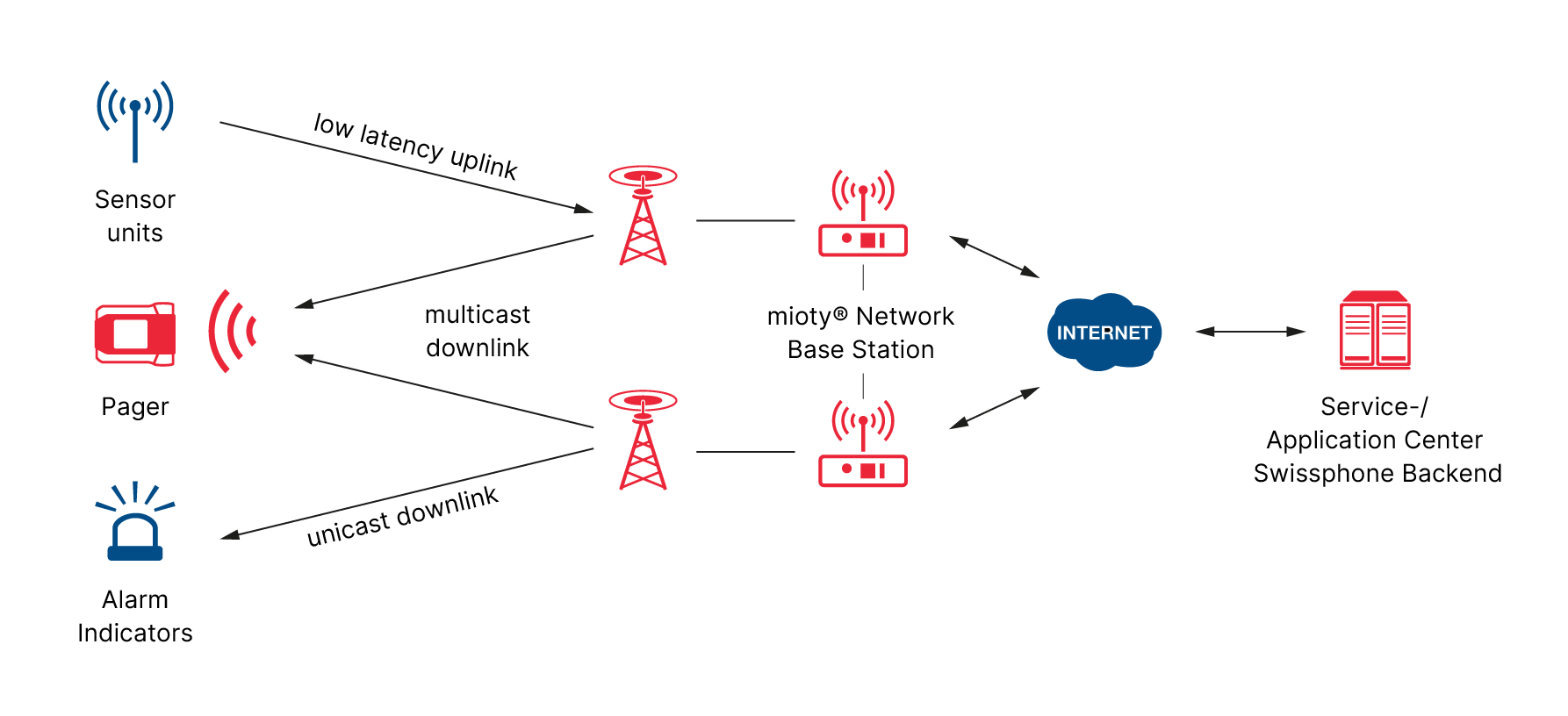mioty® for the protection of lone workers
was4wos: Wireless Alerting System for Worker Safety
In many countries, legislation requires that employees working alone be protected by systems that automatically detect hazards such as falls, medical emergencies or being in critical areas. Those kind of systems should, for example, inform first responders of danger or trigger warnings in appropriate areas.
Current solutions can only insufficiently fulfill these tasks - especially wireless systems have limitations in terms of real-time capability or range, for example.
As part of the was4wos project, a suitable radio technology is to be developed and adapted.







